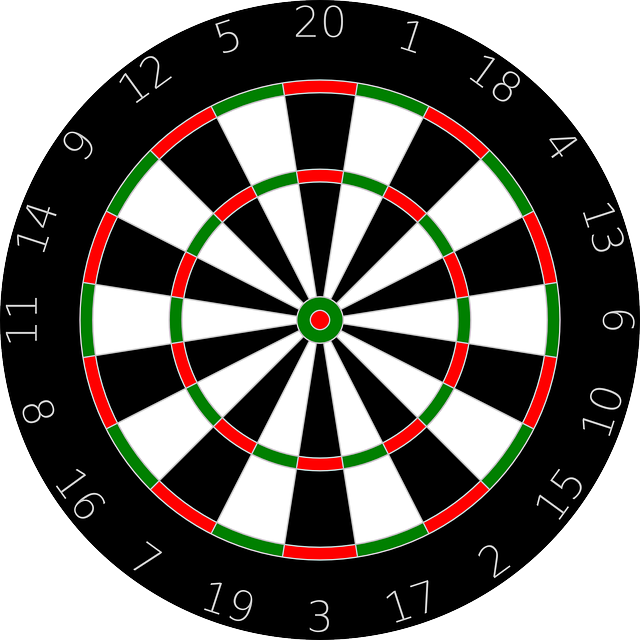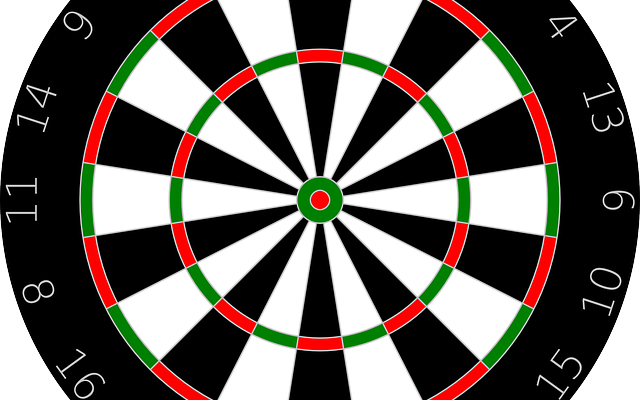Selecting the right dartboard is crucial for enhancing your playing experience, whether you’re a casual player or a competitive dart enthusiast. The right dartboard can improve accuracy, durability, and overall enjoyment of the game. With various materials and features available, it can be challenging to decide which dartboard best suits your needs. This guide explores the key factors to consider when choosing a dartboard, including material types, features, and maintenance tips.

1. Understanding Dartboard Materials
1.1. Bristle Dartboards
Bristle Dartboards are the most popular choice among serious players. Made from natural sisal fibers, these boards offer excellent durability and self-healing properties. When darts penetrate the board, the sisal fibers close up, ensuring a longer-lasting surface and reducing the likelihood of bounce-outs. Bristle dartboards are tournament-standard and provide a professional feel for both casual and competitive play.
Pros:
- Long-lasting and durable
- Self-healing fibers
- Provides a professional playing experience
Cons:
- Requires regular maintenance
- Can be more expensive than other types
1.2. Electronic Dartboards
Electronic Dartboards use sensors and digital scoring systems to track your scores automatically. These boards often feature various game modes and are ideal for casual play and family fun. They are typically made from plastic materials and have built-in LED displays for easy scoring.
Pros:
- Automatic scoring and game modes
- Easy to use and set up
- Often includes built-in features like sound effects
Cons:
- Less durable than bristle boards
- Requires batteries or a power source
- May have a steeper learning curve for players used to traditional boards
1.3. Cork Dartboards
Cork Dartboards are made from compressed cork and offer a softer, quieter surface compared to bristle boards. While they are generally less expensive, they tend to wear out more quickly and may not provide the same level of durability or performance.
Pros:
- Quieter than bristle boards
- Typically more affordable
Cons:
- Less durable
- May not have the same self-healing properties
2. Key Features to Consider
2.1. Size and Shape
Standard dartboards have a diameter of 18 inches and a thickness of 1.5 inches. This size is used in most professional and amateur settings. Ensure that the dartboard you choose conforms to these dimensions for consistent play. Additionally, check the shape—round is the traditional shape, but some boards may have variations or additional features.
2.2. Wiring System
The wiring system of a dartboard affects the frequency of bounce-outs and the overall durability of the board. Staple-free wiring systems are preferred because they reduce the chance of darts bouncing off the wires. Boards with thin, galvanised wiring or hidden wiring systems offer fewer interruptions and better overall playability.
2.3. Mounting and Accessories
Consider how the dartboard will be mounted. Most boards come with mounting hardware, but some may include additional accessories like a dartboard cabinet or surround. A cabinet can provide a more polished look and additional storage for your darts and accessories, while a surround can help protect your walls from stray darts.
2.4. Scoring Area
The scoring area should be clearly marked and easy to read. Check the quality of the numbering and ensure it’s durable. Some boards come with high-contrast numbers or illuminated scoring sections to enhance visibility, especially in low-light environments.
3. Maintenance Tips
3.1. Regular Cleaning
To keep your dartboard in good condition, clean it regularly. Use a soft brush or a vacuum with a brush attachment to remove dust and debris. For bristle dartboards, avoid using water or harsh chemicals, as these can damage the fibers.
3.2. Rotating the Board
To ensure even wear, rotate your dartboard periodically. This helps distribute the impact of the darts more evenly and prevents certain areas from becoming worn out prematurely. Many dartboards come with a built-in rotation mechanism, but you can also manually rotate the board by unscrewing and repositioning it.
3.3. Inspecting for Damage
Regularly inspect your dartboard for signs of damage, such as loose wires, worn areas, or missing segments. Addressing issues promptly can prevent them from affecting your game and prolong the lifespan of your board.
4. Conclusion
Choosing the right dartboard involves considering various factors, including material type, features, and maintenance needs. Bristle dartboards are ideal for durability and a professional experience, while electronic dartboards offer convenience and automatic scoring. Cork dartboards are more affordable but may not last as long. By understanding the different materials and features, you can select a dartboard that best suits your playing style and preferences.
Investing in a high-quality dartboard and maintaining it properly ensures that you get the most out of your game and enjoy countless hours of precise and enjoyable play. Happy darting!










